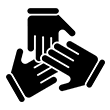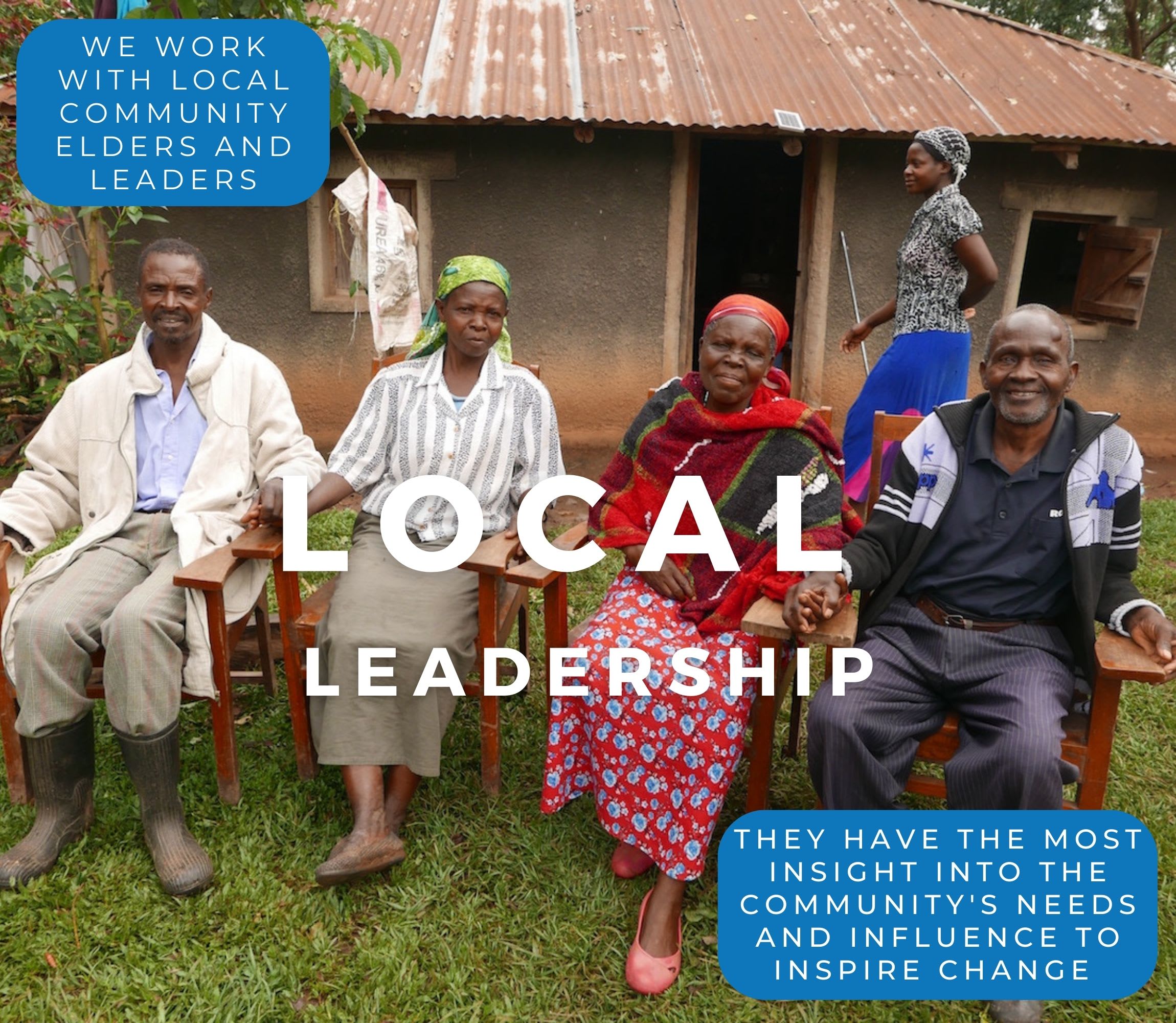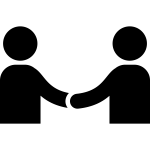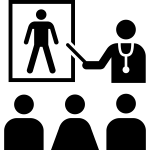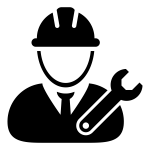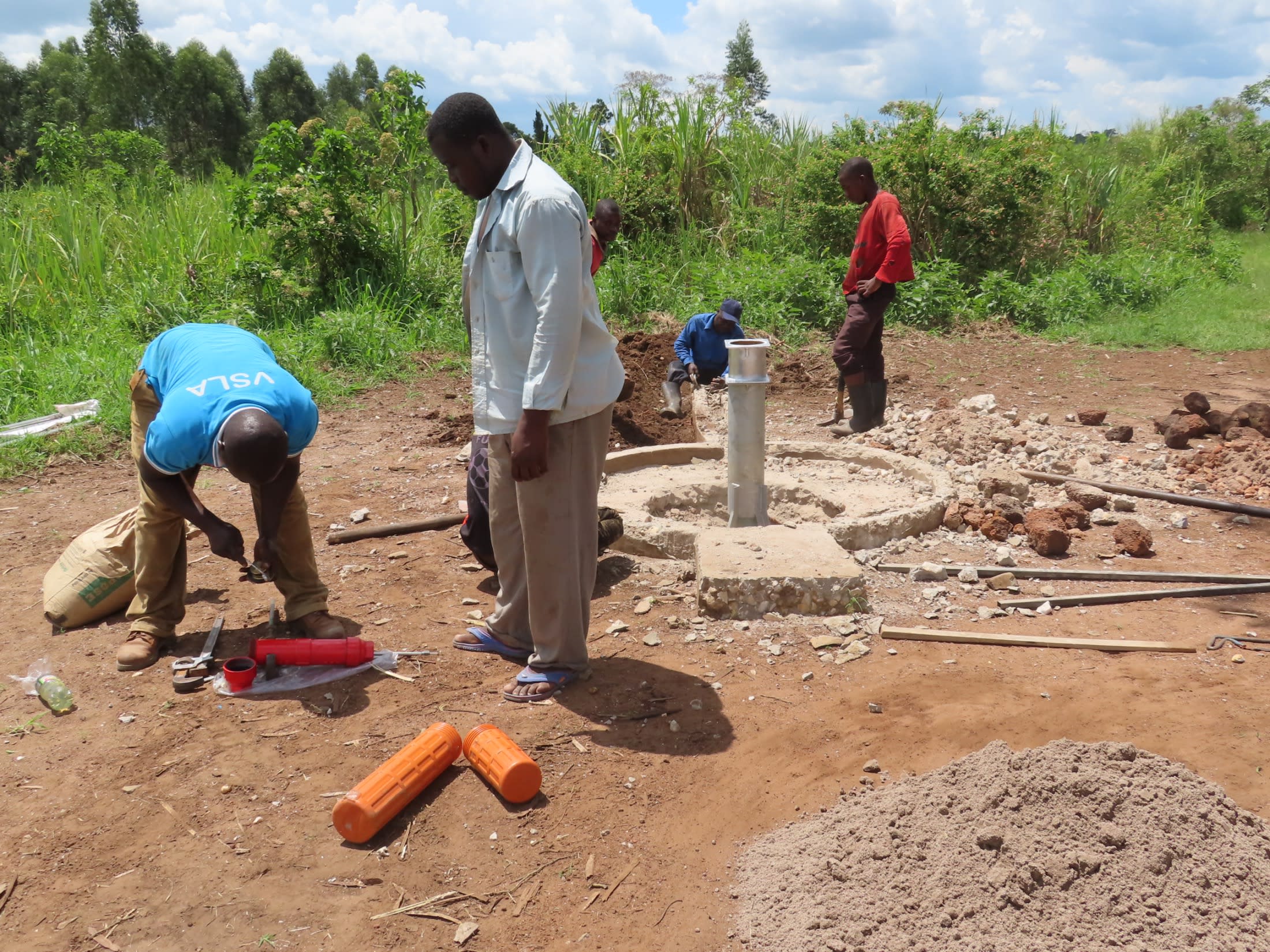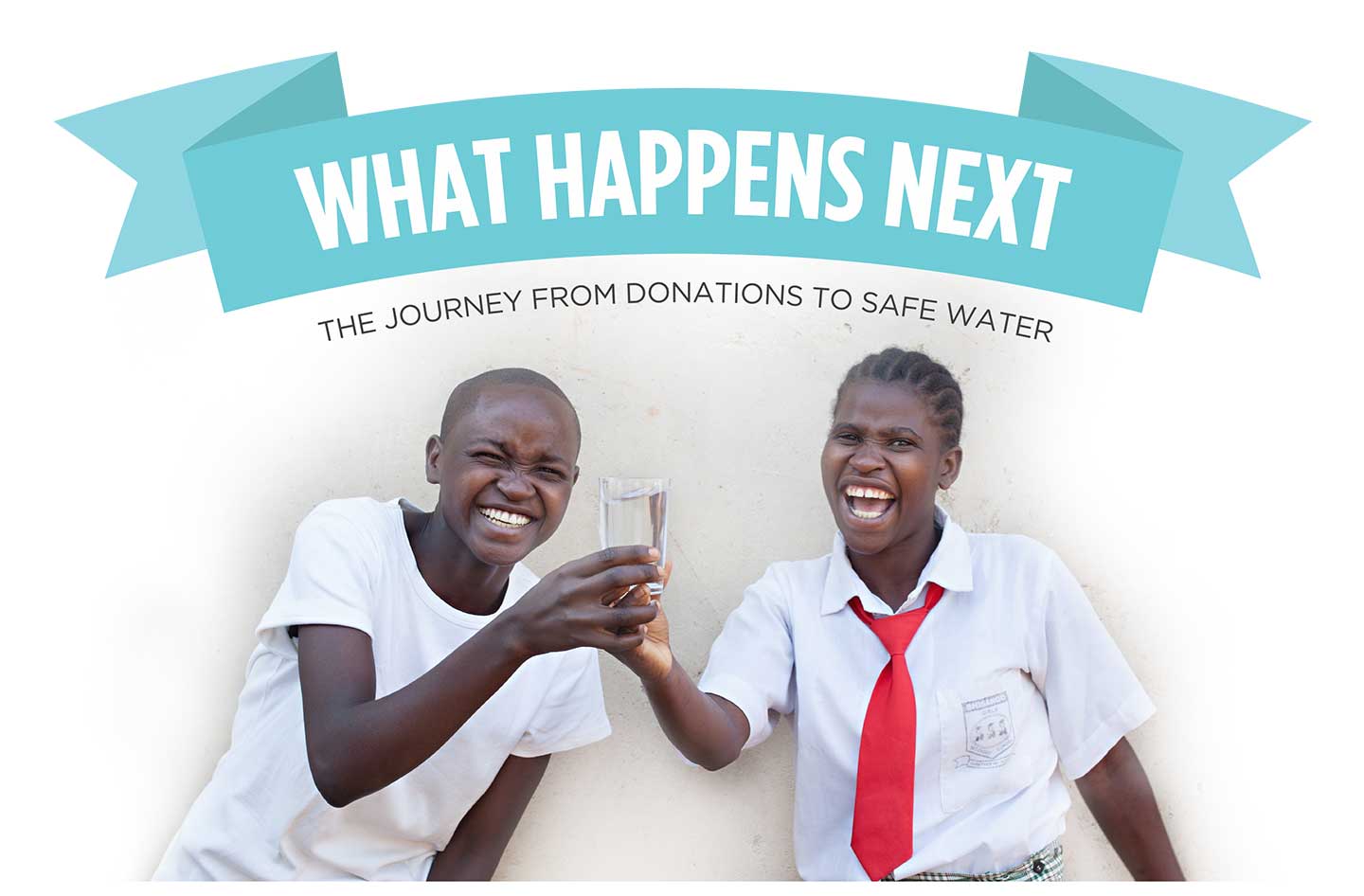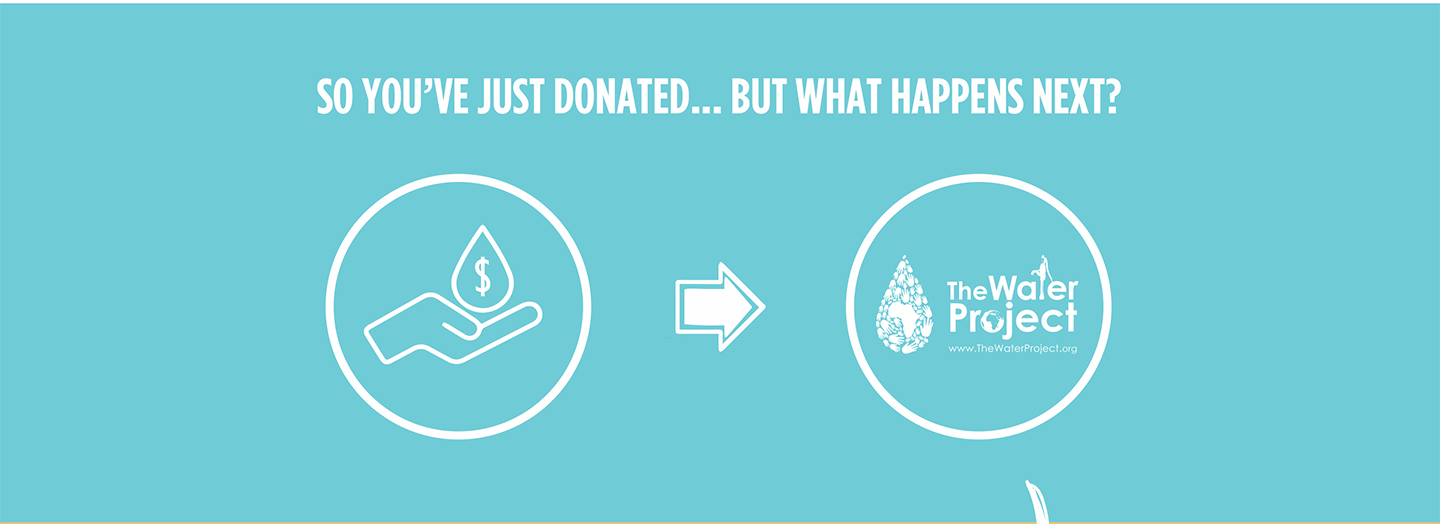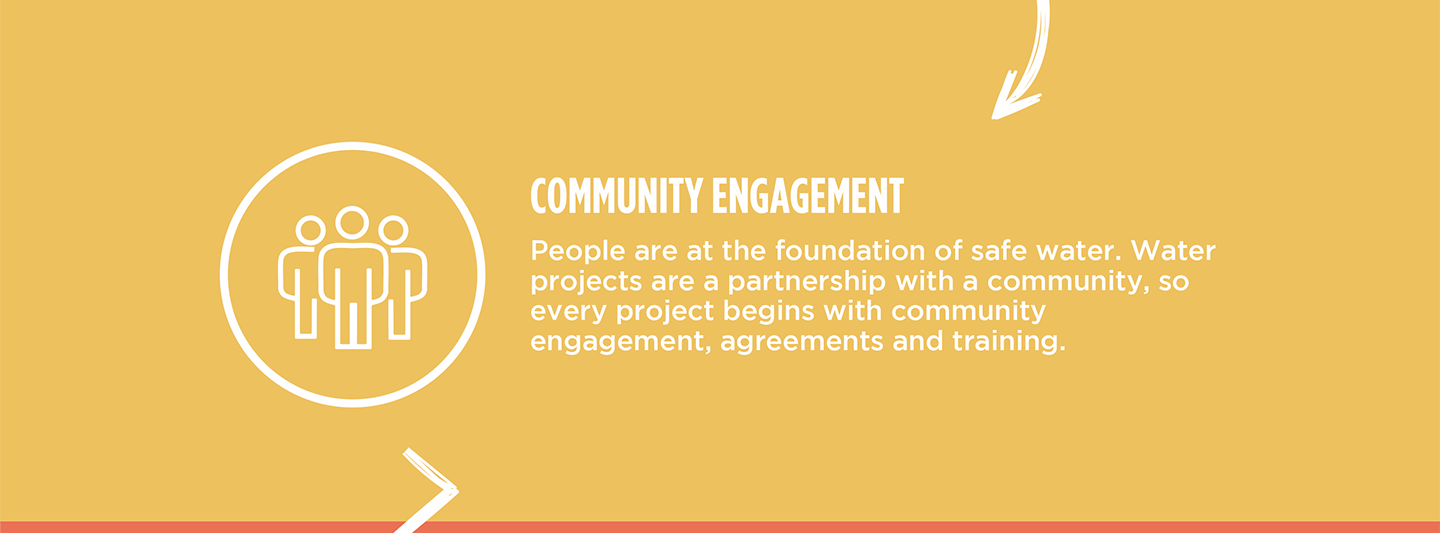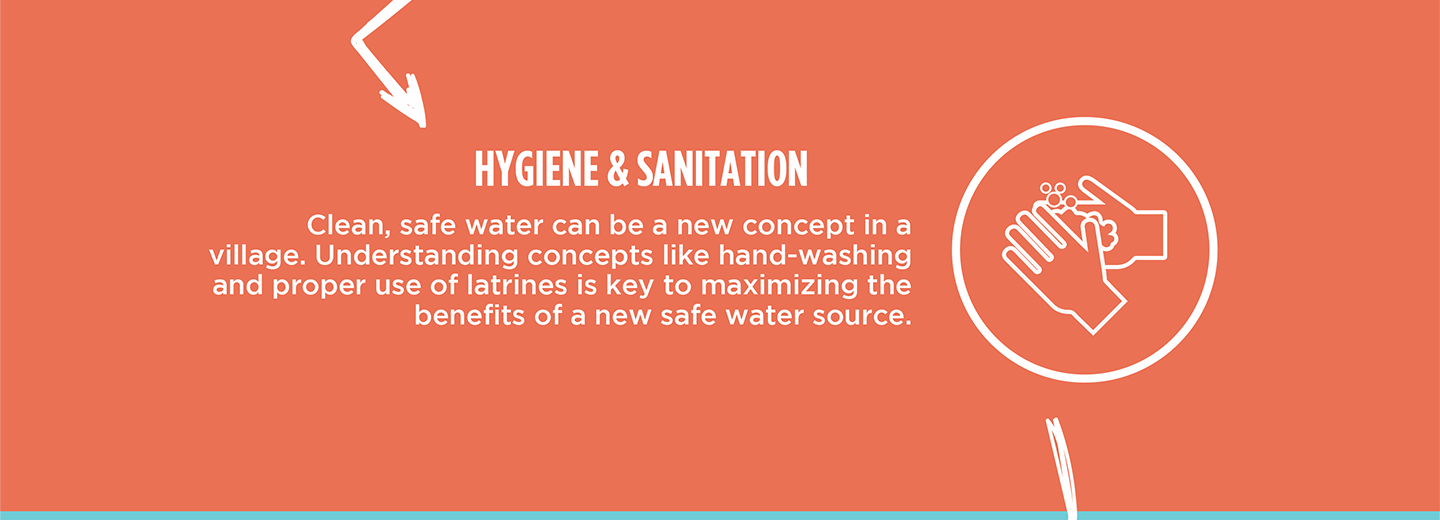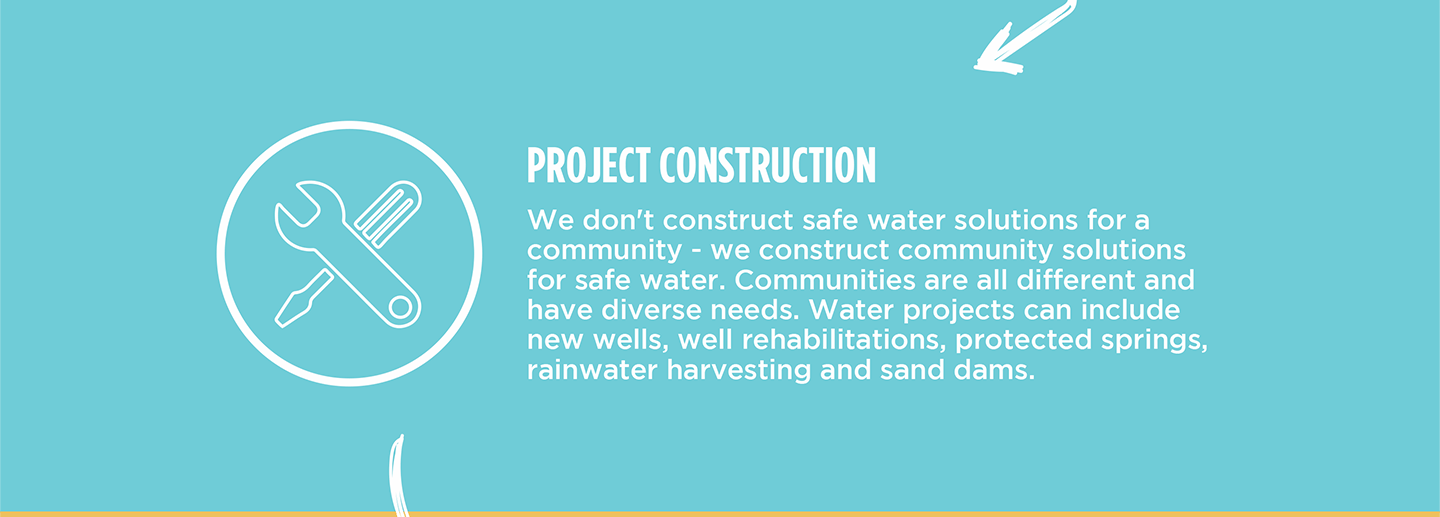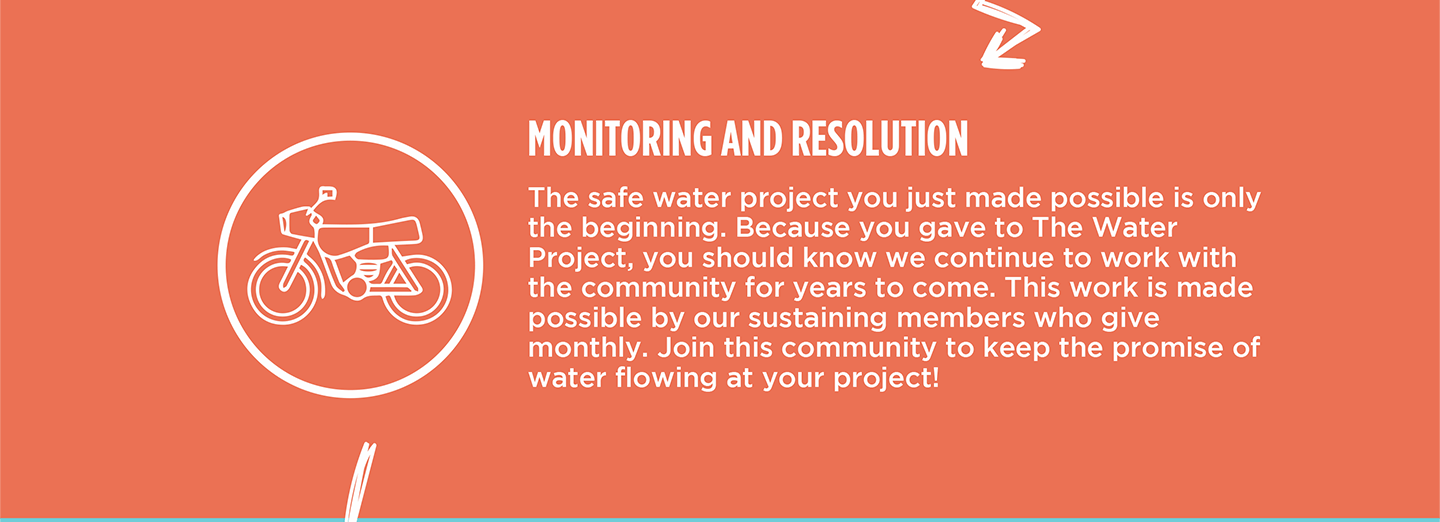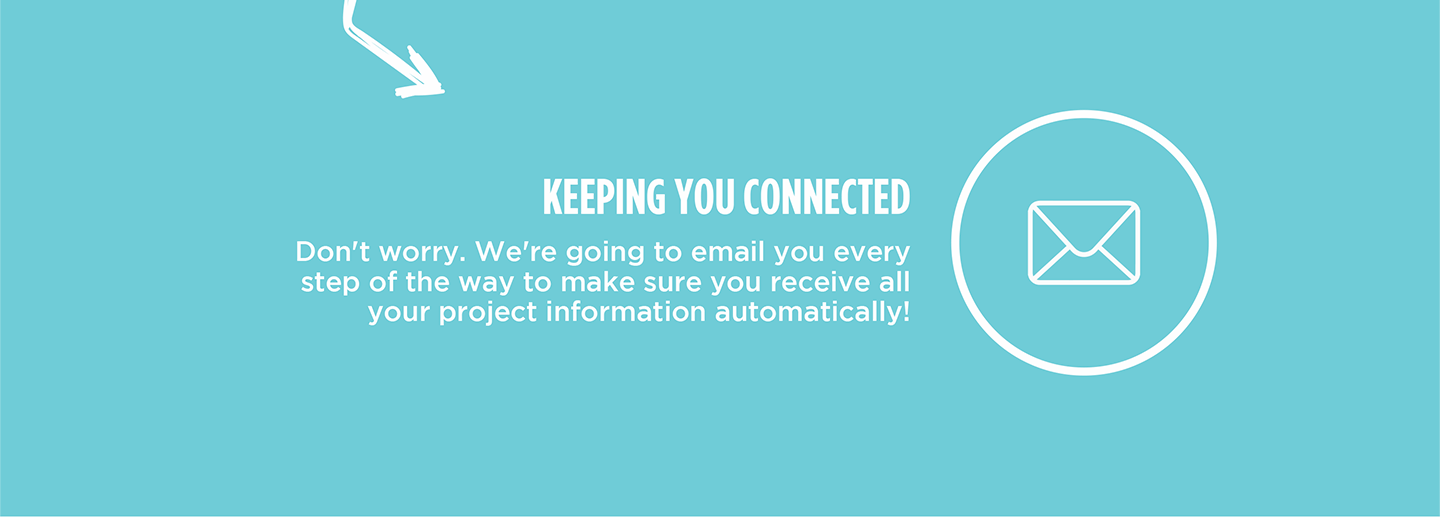"In this community, we have three boreholes, and the two are located at the extreme ends of the village about three kilometers away. We always wake up by 6:00 am and ride about two to three kilometers away in search of clean drinking water now that our nearby borehole is broken," said Joseph Agaba.
"This interferes a lot with most of our daily activities, like farming, since most times we go to the gardens very late."
The nearest well to Joseph's home does not work. He and the other 350 people living nearby must take the long trip he described each day to get water. The most common livelihood for people here is subsistence farming, in which households focus on food crops for home consumption and sell any excess at the market. A few people who own big chunks of land have commercialized it by growing sugarcane. The time spent fetching water each day is hindering the ability of all families and farmers here from improving their yields and, consequently, their financial earnings.
"There is a lot of time wastage as one moves to the next water point to collect water. This interferes a lot with most of my income-generating activities, like farming, due to the long distance we have to move to collect water, especially for my domestic animals at home," added Pascal Isingoma, a local farmer.
We also interviewed Daphnie, a young girl we met, about how the current water situation affects her.
"Due to the long distance I have to walk to collect water, my mother restricts water to only drinking and cooking. We have a nearby open source where we get water for bathing; it's dirty, and sometimes we get rashes," she said.
What We Can Do:
Rehabilitated Well
We are going to restore water to the broken-down borehole. Since this water point is located at the center of the village and easily accessible by the majority of people, unlike the springs which are located at the far ends of the village, when this borehole is restored to its original status, it will provide the community with easy access to clean and safe water. We will remove the old pump, clear out the well, reinstall a new stainless steel pump, and build a new well pad to protect the water.
Training
Training’s main objectives are the use of latrines and observing proper hygiene practices since these goals are inherently connected to clean water provision. Open defecation, water storage in unclean containers, and the absence of handwashing are all possible contaminants of a household water supply. Each participating village must achieve Open Defecation Free status (defined by 1 latrine per household) before the pump installation for a shallow hand-dug well.
This social program includes the assignment of 1 Community Development Officer (CDO) to each village. The CDO encourages each household to build an ideal homestead that includes a latrine, handwashing facility, a separate structure for animals, a rubbish pit, and a drying rack for dishes.
We also implement the Community-Led Total Sanitation (CLTS) approach with each of our village partners. This aims to improve the sanitation and hygiene practices and behaviors of a village. During these sessions, village leaders naturally emerge and push the community to realize that individual households' current practices – particularly the practice of open defecation – are unhealthy and affect the entire village. CLTS facilitates a process in which community members realize the negative consequences of their current water, sanitation, and hygiene behaviors and are inspired to take action. Group interactions are frequent motivators for individual households to build latrines, use the latrines, and demand that other households do the same.
Improved Sanitation
The aim is that all households own an improved latrine. Many households do not use a latrine but use the bush. Due to open defecation, feces are spread all over the village. This leads to waterborne diseases and contamination of groundwater and surface water. Our aim is that the community can live a healthy life free of preventable diseases. We endeavor that people will have both access to sustainable, clean water and access to sanitation at the end of our presence in the community. We have now organized families to form digging groups for latrine construction and empower them with the tools they need.

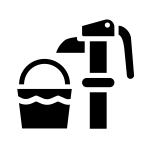 Borehole Well and Hand Pump
Borehole Well and Hand Pump

